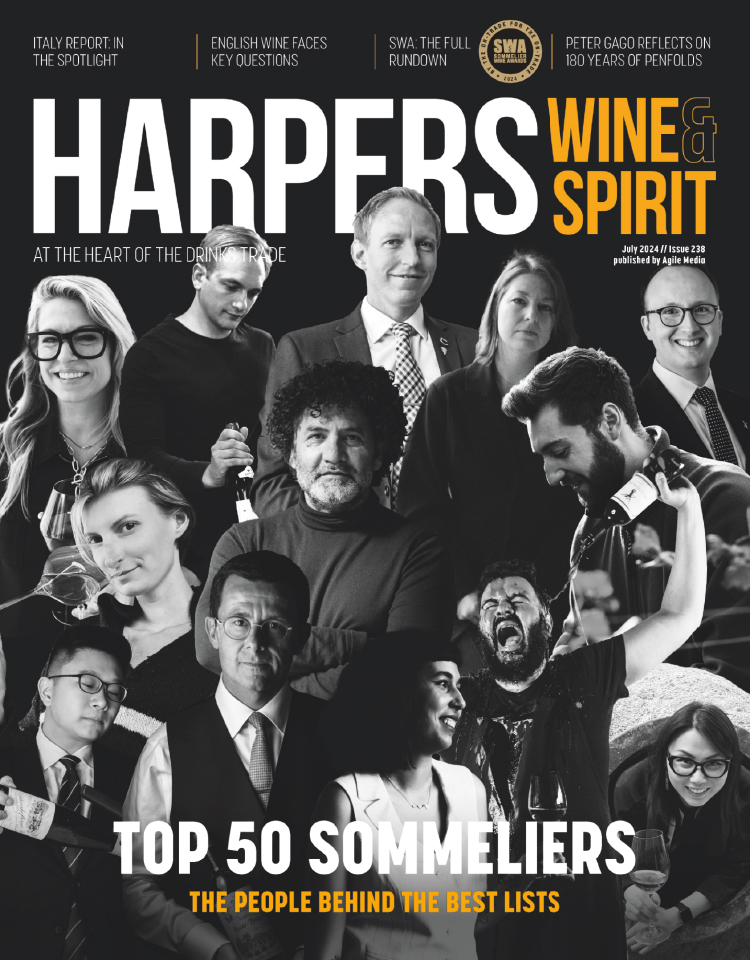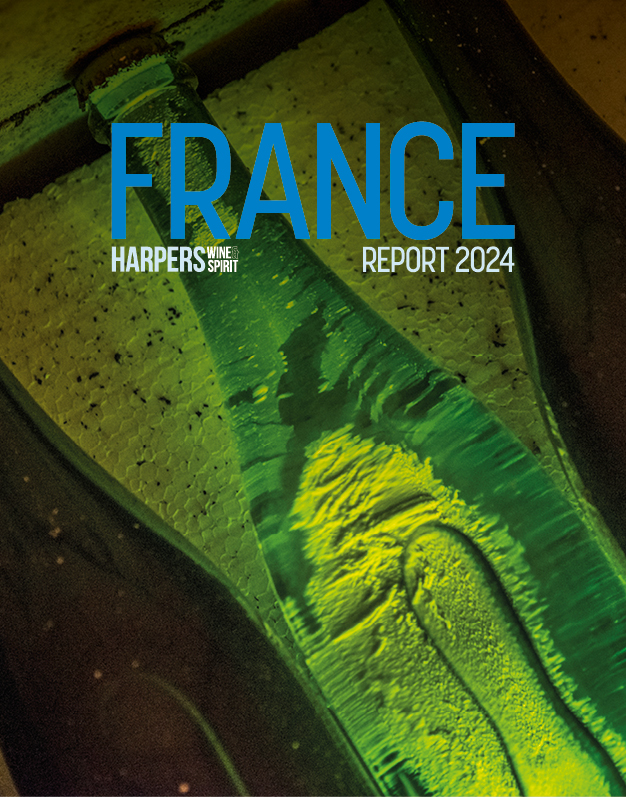
Harpers Taste Off: Adding more ‘oomph’ to sparkling sales
Everyone loves a glass of fizz and nowhere is this evidenced more than in the rise and rise of English sparkling. But it’s not just English bubbly that is buoying sales of wine. As Harpers recently reported, analyst firm IRI’s most recent FMCG Demand Signals report confirmed that across six major European markets, sparkling wine sales remain in robust shape, set against a 4% off-trade decline in wines, beers and spirits.
The strength of sparkling sales, then, should encourage drinks-focused businesses to expand their fizz portfolios, offering more than the oft-seen UK triumvirate of Prosecco, Champagne and – increasingly – English sparkling wine. At least this was the firm opinion of the cross-trade panel at Harpers inaugural Taste Off, where some of Tasmania’s and England’s finest fizzes were put to the test by the team.
The brief was to compare and contrast the styles, then discuss the commercial opportunities each could afford across various channels.
Lily Ashdown Harris, sommelier at Wild Flor in Hove (pictured), caught the general consensus, suggesting the more fruit-forward Tasmanian wines – also being a few pounds cheaper on average – were “aperitif friendly” and thus ideal for quality pubs and free-wheeling social occasions. The English wines, on the other hand, were seen to have a little more depth and “food-friendly intensity”, suggesting a slightly different approach, including menu-matching, when recommending the styles.
The key point, though, was that all agreed a spread of the differing styles would offer more choice and manoeuvrability for both the seller and the punter alike, and that this strengthening of the category shouldn’t stop there. Tasmania, for example, could help “bridge the gap” between Prosecco and then similarly-priced English or Champagne, as could quality Cava.
“You have to make [the category] exciting for the customer, not just token gestures, so if we were stocking Tasmanian wines we’d have three or four, not just one, to create a section,” said Henry Butler, owner of Butlers Cellar.
“We do this with English sparkling wines, and we even have a special section for the pet nats, so rather than just have a few Champagnes and some Prosecco, have some good Cava, some French Cremants, and if you are going to have Tasmanian sparkling, have several too – really commit to it and your customer will too.”
Communicator Sophia Longhi of Skin+Pulp also drew attention to the possibilities of extending the range of sparkling wines by the glass, saying: “You can also go down the novelty route, offering something like Tasmanian sparkling by the glass, which might drive more sales just because it's different.”
Longhi, Butler and Harris also agreed that having a spread of quite differing styles – especially within the one country or region, but also across the wider fizz portfolio – allowed for differing stories to be told and thus interest to be built, again allowing greater scope for trading customers around and up the category.
As if to underline the point, Harris added that when Wild Flor significantly increased the focus on English sparkling wines, Champagne sales rose too. Creating a more comprehensive sparkling ladder, it would seem, can and does increase overall interest. And this at a time when everybody could do with a little more oomph to their sales.
A full write up and tasting notes from our ‘Taste Off: English and Tasmanian sparkling wine’ session will appear in the February edition of Harpers.
Keywords:
- prosecco
- Cava
- Henry Butler
- cremant
- cellar
- taste off
- English and Tasmanian sparkling wine
- Sophia Longhi







